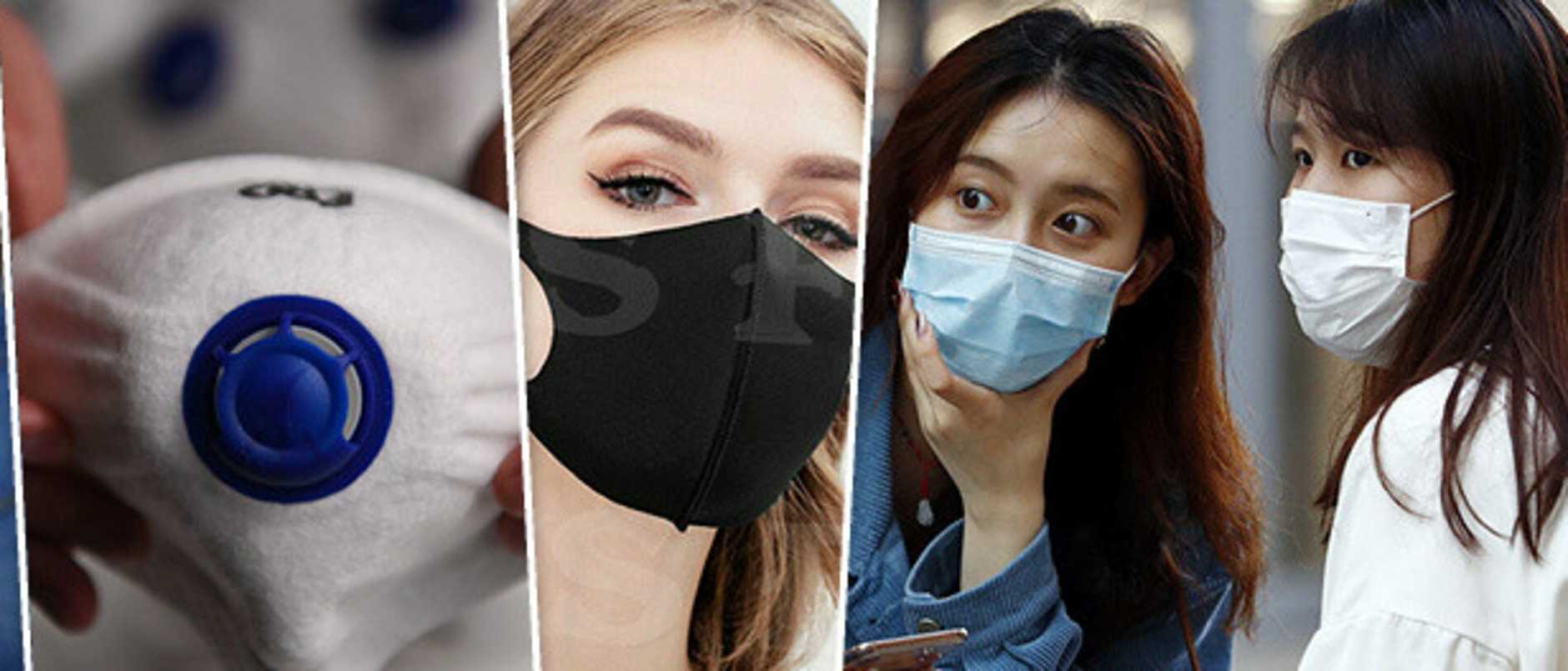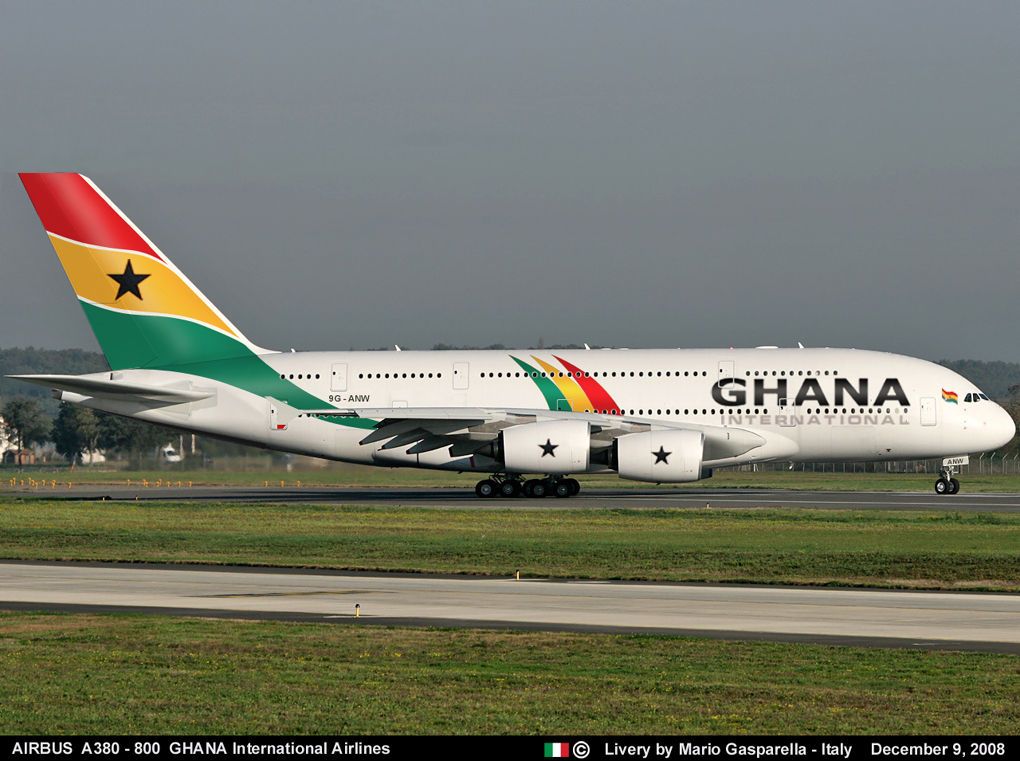-

 Entertainment3 months ago
Entertainment3 months agoTop Businesses Owned by Nigerian Afrobeat Singer Mr Eazi
-

 Celeb Gossip3 months ago
Celeb Gossip3 months agoMr Eazi and Temi Otedola Tie the Knot in Fairytale Multi-Destination Weddings
-

 News3 months ago
News3 months agoBoakye Agyarko Bows Out of NPP Flagbearer Race, Eyes National Chairmanship
-

 News3 months ago
News3 months agoAbronye Seeks Political Asylum Abroad Over Alleged Political Witch-hunting by NDC Government
-

 World News2 months ago
World News2 months agoU.N. Human Rights Office Asks Ghana to Halt Migrant Deportation Agreement with the U.S.
-

 News1 month ago
News1 month agoBreaking: Former First Lady Nana Konadu Agyeman-Rawlings Reportedly Passes Away
-

 World News1 month ago
World News1 month agoTrump tells Pentagon to “prepare for possible action” in Nigeria, warns US may cut aid
-

 News1 month ago
News1 month ago“We remain proud of the work done” – SML to government after contract termination




















